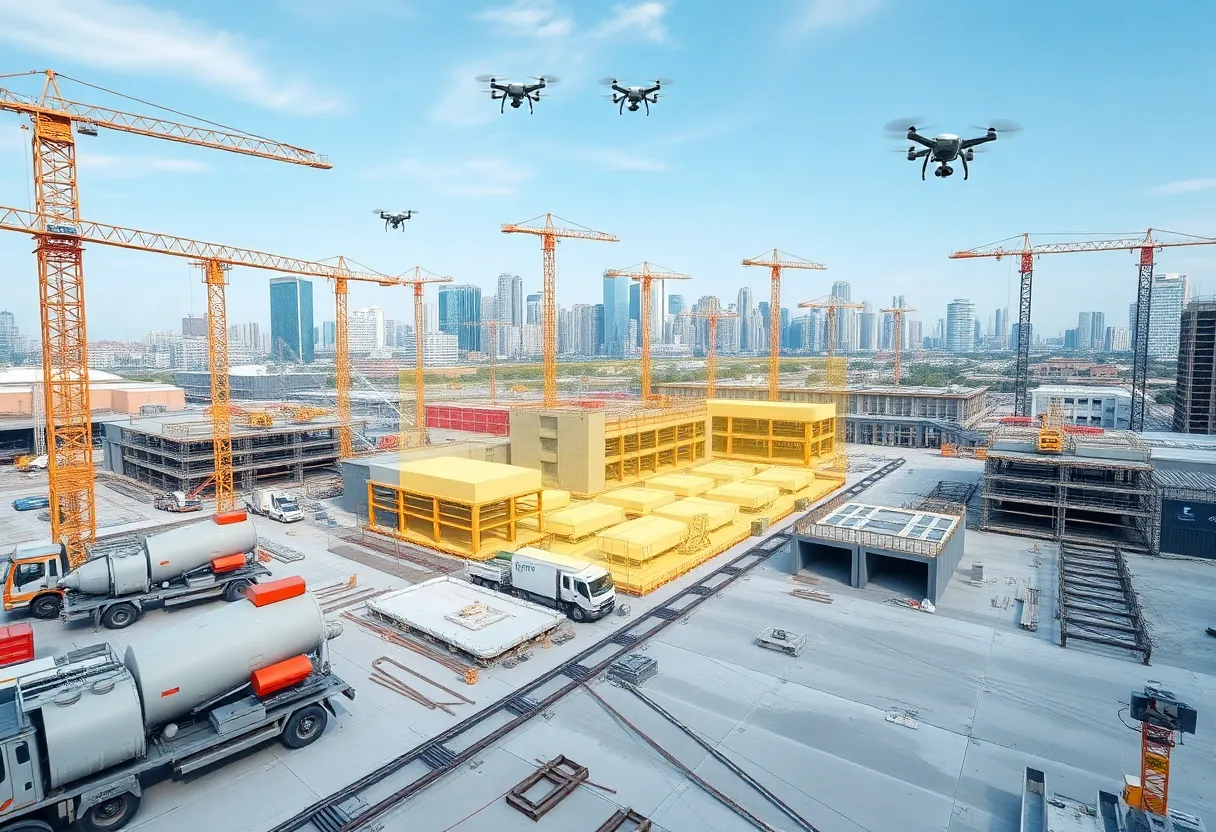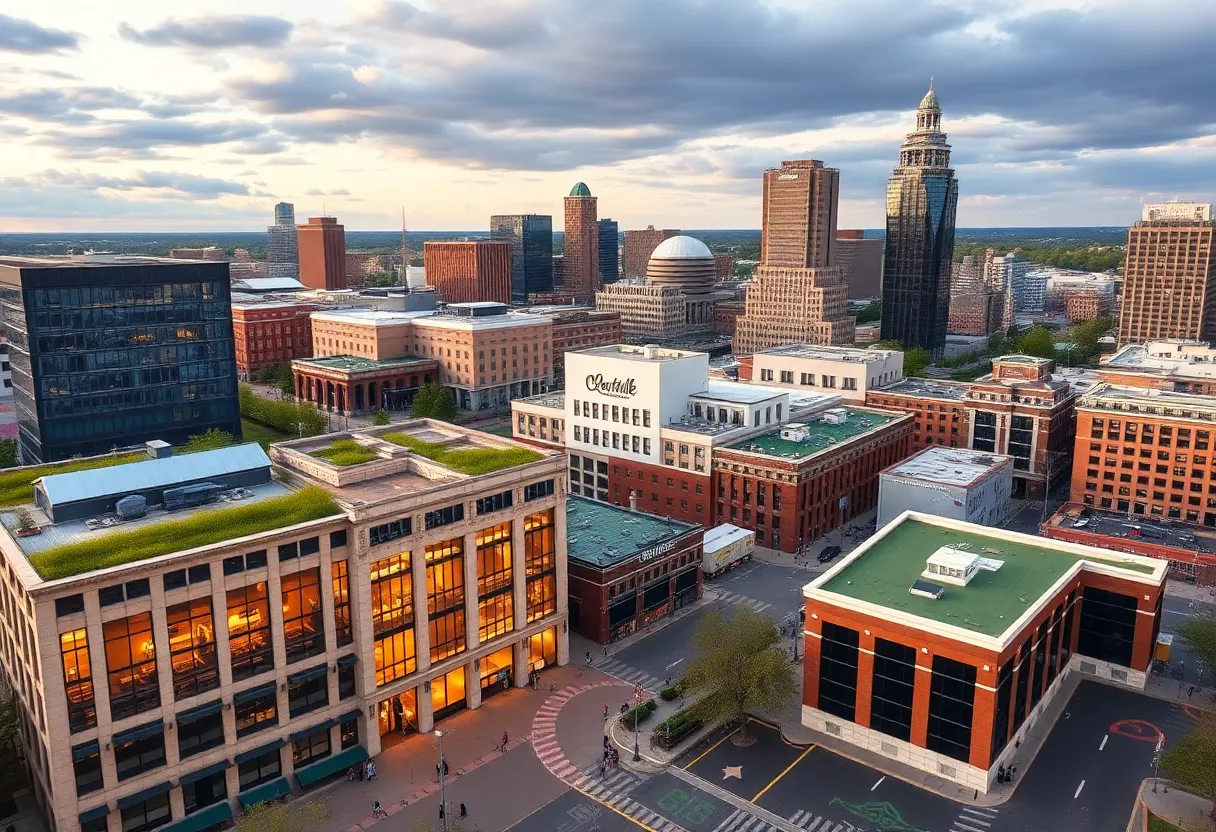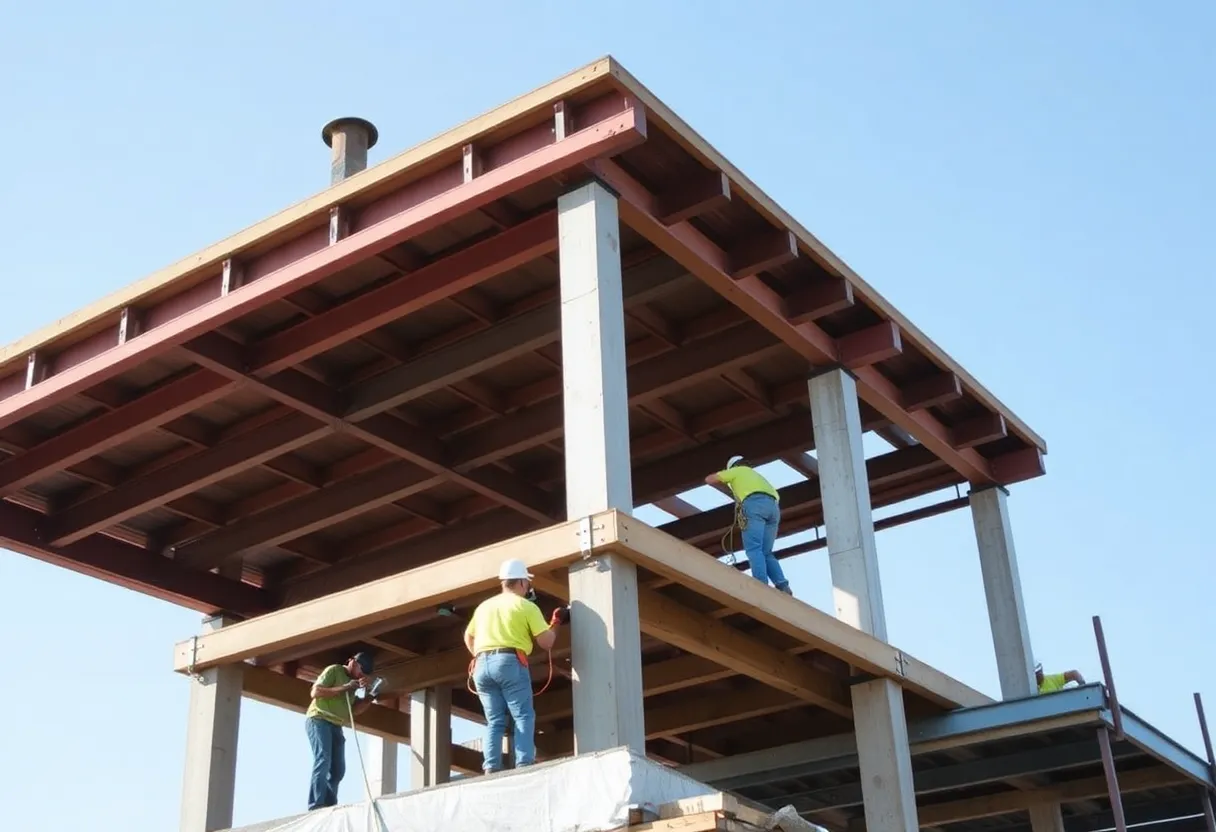Global, August 21, 2025
News Summary
The global concrete contractor market is expanding rapidly, driven by major infrastructure and urban development programs, rising housing demand and public and private investment. Valued at $209.4 billion, the market is forecast to grow significantly as contractors adopt digital tools like BIM, drones, IoT sensors and 3D concrete printing while increasing prefabrication and low‑carbon practices. Growth is strongest in Asia-Pacific, the Middle East and Latin America. Ongoing challenges include skilled labor shortages, material cost volatility and regulatory pressure, and rising remediation demand due to defective concrete blocks in some jurisdictions.
Global Concrete Contractor Market Hits $209.4B in 2024; Poised for Steady Growth Through 2030
The global concrete contractor market was valued at $209.4 billion in 2024 and is projected to reach $284.8 billion by 2030, reflecting a compound annual growth rate of 5.10% from 2024 to 2030. The expansion is driven primarily by accelerating infrastructure programs and urbanization across emerging economies, while technological change and sustainability goals reshape how concrete work is planned and delivered.
Why the Market Is Growing
Major public and private investments in highways, urban transit, commercial developments and residential complexes are increasing demand for concrete construction services. Rising incomes, greater urban migration and the need for affordable housing in many regions are also contributing to higher construction activity. Governments prioritizing transport, water and civic facility upgrades are creating sustained concrete volume needs that favor experienced contractors capable of delivering at scale.
Regional Momentum
Growth momentum is strongest in the Asia-Pacific, the Middle East and Latin America, where large infrastructure initiatives and urban development programs are underway. Notable national programs and regional initiatives are supporting sustained demand in those markets.
Technology and Methods Reshaping Workflows
Contractors are turning to digital and automated tools to improve efficiency and sustainability. Widely adopted tools include Building Information Modeling (BIM), which supports 3-D visualization, clash detection and better planning for formwork and reinforcement; drones for aerial surveys and monitoring; and embedded sensors or IoT devices to track curing, temperature and stress in real time. Additive techniques such as 3D concrete printing and advanced concrete formulations are also appearing in specialized applications.
Sustainability and Prefabrication Trends
There is a clear shift toward low-carbon and eco-friendly building practices. Contractors are increasingly using green materials and methods, and prefabrication and modular construction are gaining traction because they shorten timelines and reduce on-site labor dependence and waste.
Key Headwinds
The sector faces persistent challenges. Skilled labor shortages remain a major constraint, especially in markets with aging workforces and falling trade-school enrollment. Fluctuating raw material costs and tighter environmental regulations add pricing and compliance pressure. These factors are encouraging contractors to invest in training and labor-saving technologies but also add near-term cost and scheduling risks.
Smaller Markets and Competing Materials
Mass timber construction is a growing alternative in certain building types. The global mass timber market was valued at $990.4 million in 2024 and is forecast to reach $1.3 billion by 2030, at a projected CAGR of 4.8%. Cross-laminated timber, glulam and other engineered wood products are being used in mid- and high-rise buildings, driven by the desire to reduce embodied carbon and by the speed advantages of prefabrication.
Notable Project Example: A Challenging Pedestrian Bridge
A recent high-profile pedestrian bridge demonstrates the industry’s move toward complex, digitally modeled concrete and steel structures. The project used an unconventional single-tower S-shaped suspension form with a reinforced concrete pylon and highly specific fabricated steel girders that were modeled in 3-D to resolve construction clashes. Unique cable fabrication and detailed BIM coordination were required to deliver the geometry and maintain constructability in a river environment.
Defective Concrete Blocks and Remediation: A Persistent Issue
A separate and urgent concern in one jurisdiction involves thousands of homes built using defective concrete blocks. Multiple mineral impurities are implicated, with debate over the primary cause: some point to mica-related freeze-thaw damage, while recent research highlights iron sulfides such as pyrrhotite as a possible overlooked cause that can lead to progressive block deterioration. The issue has led to large-scale remediation programs, compensation schemes, legal actions and regulatory reviews, including scrutiny of market surveillance practices.
Remediation options vary by severity and may include replacing outer walls, full demolition and rebuild, or targeted repairs. Specialist contractors report rising demand for remediation work and emphasize that successful interventions require experienced teams, validated testing and careful on-site sequencing to prevent further damage. Vocational training and hands-on remediation education are being developed by some firms to bridge skill gaps.
What This Means for Stakeholders
Owners, developers and contractors should plan for steady concrete demand over the coming years while factoring in cost volatility, regulatory tightening and the need for digitally skilled workers. Investing in BIM, prefabrication, sensor technology and targeted workforce development will help manage risk, improve quality and meet growing sustainability expectations.
Frequently Asked Questions
What is the current size of the global concrete contractor market?
The market was valued at $209.4 billion in 2024 and is forecast to grow to $284.8 billion by 2030.
What is driving market growth?
Major drivers are infrastructure investment, urbanization, rising incomes in emerging economies and demand for affordable housing.
Which regions are seeing the strongest momentum?
Asia-Pacific, the Middle East and Latin America are highlighted as regions with strong construction activity and pipeline projects.
What technologies are changing concrete construction?
Key technologies include BIM, drones, IoT sensors, 3D concrete printing and advanced concrete mixes, along with prefabrication techniques.
What labor challenges does the industry face?
The industry is facing a shortage of skilled workers trained in modern methods and digital tools, compounded by aging workforces in some regions.
How is mass timber affecting the market?
Mass timber is a growing, low-carbon alternative in select building types; it increases choice for designers and developers but represents a small share compared with concrete.
What should homeowners and developers do about defective concrete blocks?
They should pursue validated testing to identify degrading agents, consult experienced remediation specialists and verify that remedial work follows current testing and regulatory guidance.
Key Features at a Glance
| Feature | Details |
|---|---|
| 2024 Market Value | $209.4 billion |
| 2030 Forecast | $284.8 billion |
| Forecast CAGR (2024–2030) | 5.10% |
| Main Growth Drivers | Infrastructure spending, urbanization, affordable housing demand |
| Key Technologies | BIM, drones, sensors/IoT, 3D printing, prefabrication |
| Primary Challenges | Skilled labor shortages, material cost volatility, environmental rules |
| Mass Timber Market (2024) | $990.4 million (projected to grow to $1.3 billion by 2030) |
| Notable Construction Issue | Widespread defective concrete block problems in an affected jurisdiction, requiring remediation and regulatory review |
Deeper Dive: News & Info About This Topic
Additional Resources
- GlobeNewswire: The Rise of Eco-Friendly Concrete Construction
- Wikipedia: Concrete
- Global Construction Review: Ireland’s Concrete Block Nightmare
- Google Search: defective concrete blocks Ireland pyrrhotite
- Woodworking Network: Mass Timber Gaining Traction
- Google Scholar: mass timber construction
- Roads & Bridges: No. 2 Bridge — Scioto River Pedestrian Bridge
- Encyclopedia Britannica: pedestrian bridge
- Pleasanton Weekly: Dublin Construction Kicks Off for Low-Income Senior Housing Project
- Google News: Dublin low-income senior housing construction
Author: Construction FL News
The FLORIDA STAFF WRITER represents the experienced team at constructionflnews.com, your go-to source for actionable local news and information in Florida and beyond. Specializing in "news you can use," we cover essential topics like product reviews for personal and business needs, local business directories, politics, real estate trends, neighborhood insights, and state news affecting the area—with deep expertise drawn from years of dedicated reporting and strong community input, including local press releases and business updates. We deliver top reporting on high-value events such as the Florida Build Expo, major infrastructure projects, and advancements in construction technology showcases. Our coverage extends to key organizations like the Associated Builders and Contractors of Florida and the Florida Home Builders Association, plus leading businesses in construction and legal services that power the local economy such as CMiC Global and Shutts & Bowen LLP. As part of the broader network, including constructioncanews.com, constructionnynews.com, and constructiontxnews.com, we provide comprehensive, credible insights into the dynamic construction landscape across multiple states.





